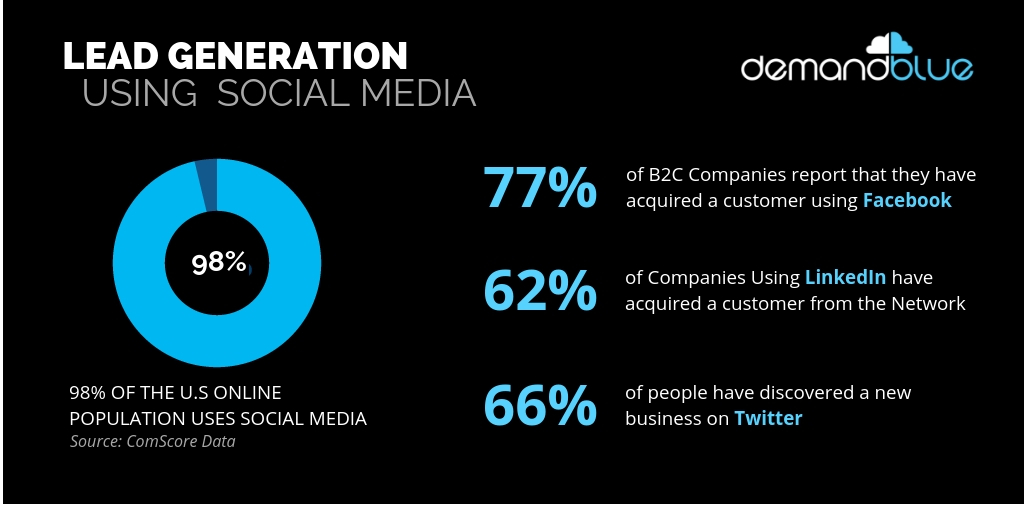
There are a few key elements to remember when it comes to creating and implementing an integrated strategy for marketing. These include: Creating a compelling idea, understanding your target market, choosing marketing channels, and setting goals. To ensure that all channels are aligned, the RACE Framework is a useful tool. Different marketing channels can be used at different times. But, to maximize the benefits of your marketing efforts you must coordinate them.
A compelling idea can be created
Creating a compelling idea for integrated marketing campaigns is key to success. Your message should be compelling enough to get your audience to do something. It should provide information about your brand to help them reach their desired destination. An integrated marketing program is not only an ad campaign. It also requires a well-thought message that leads users towards the curated endpoint. Here are some tips to help you create a compelling idea for integrated marketing campaigns.
Understanding your target market
Integrated marketing involves being very aware of different consumers that you are targeting. Many customers won't be able to find you on Facebook or in magazines. Multiple platforms will give you a better coverage of your target market. A customer analysis will allow you to determine the marketing mediums that your target market prefers. The first step to creating integrated marketing campaigns is understanding your target audience.

Marketing channels to choose
Integrated marketing strategies use multiple channels to reach your target market. These campaigns often make use of the same visual elements in different contexts, such as a headline with an eye-catching headline. They use consistent language when discussing the brand. The right mix and combination of channels will allow you to maximize your return on investment, meet your marketing goals, and reach your business objectives. Some channels are more interactive than others, while others are visual and outbound only. Which channels work best to promote your brand's products?
Setting goals
It is important to set goals when you are trying to improve your marketing strategy. Setting goals is key to goal-oriented marketing. You must match your objectives with specific timeframes. This will allow your team to set realistic and achievable goals. As an example, your goal might be to increase the number of software subscriptions or to be a thought leader in your area. Once you've established the goals for your integrated campaign marketing campaign, it is time to talk about realistic timelines. Also, determine how much work will be required to achieve them.
Integrated marketing: Storytelling
Storytelling is a powerful method of integrated marketing. Stories can awaken empathy, build brand awareness and generate sales conversions. The best storytelling creates emotional connections that result in increased engagement rates and greater marketing conversions. How can storytelling make your marketing campaigns more powerful? Here are some tips to help you create compelling stories. It may surprise you to learn.

FAQ
How long should my content marketing be lasting?
That depends on your goals. Many businesses seek short-term results. Others are seeking long-term growth. We recommend three months of consistent content generation and then reevaluating the process after that period.
What is one of the main goals of content marketing?
Content marketing aims to create valuable and relevant information for customers. This can be achieved through various channels, such as email campaigns and white papers. Delivering value is key.
What is a Content Strategist?
A content strategist assists brands in telling stories by crafting compelling messages that connect with their audiences emotionally. They are storytellers that tell stories about brands to help people make decisions and then take action.
Content strategists can create strategies that are engaging for current and future customers. For example, they use storytelling and data analytics to create compelling experiences that will inspire customers to visit stores, buy goods, and share their enthusiasm online.
They are also able to integrate social media platforms in these campaigns. They also use technology tools like virtual reality and video to create powerful customer experiences.
Content strategists are responsible for translating ideas into tangible plans that marketers can execute. This includes content creation for various channels, such as television and print, creating creative briefs and managing budgets.
Do I need an agent to do Content Marketing
No! It is possible to create high-quality content online with a variety of tools. Agencies tend to charge higher prices for their services.
Statistics
- Progress indicators (0–100%) allow each team member to see how attainable each goal is and understand what remains to be accomplished. (semrush.com)
- An example of an overarching goal could be: "In 2022, we want to achieve a 20% increase in revenue created by organic content and generate 15,000 MQLs with a budget of $30,000." (semrush.com)
- Content marketing produces 3X more leads per dollar spent. Content marketing costs 62% less than traditional marketing. (criteo.com)
- Out of the 1,500 marketers we surveyed for our State of Content Marketing report, 78% who felt their content marketing strategy was exceptionally effective in 2021 had documented their strategy. (semrush.com)
- Companies that use content marketing see approximately 30% higher growth rates than businesses not using it. (mailchimp.com)
- To further show the importance of this, 89% of people have stopped doing business with a company because of a poor experience. (neilpatel.com)
- According to our research, brand awareness, attracting traffic, and generating leads remain the key content marketing goals in 2022. (semrush.com)
- According to research compiled by Coschedule: Companies that publish 16+ blog posts a month get as much as 3.5x as much traffic as those that publish 0-4 posts a month. (criteo.com)
External Links
How To
Informationgraphic creation tips to help with content marketing
Infographics are one of the most effective ways to explain complex concepts simply, making information easy to understand. Content marketing aims to provide useful and valuable information to your target audience, so you should consider using infographics to help spread this message.
You'll need design software such as Adobe Illustrator or Photoshop to create an infographic. These programs can be used for drawing out shapes and elements to represent data. After that, you can add fonts and colors to make it look professional. Once your design is ready, you can start uploading images from sites like Pixabay and Unsplash to insert into your design.
Check out existing infographics online to get some ideas. A picture of a food Pyramid could be used to show how many calories each food has. Or, you might choose to look up how much sugar is in soda pop and change that number to a picture of a bottle of Coke.
Once you have created your infographic it is possible to share it via social media channels like Facebook, Twitter and Google+. This makes it easy for people unfamiliar with the concept to learn. In order to make others see your infographic, use hashtags when you post it on social media. You can use hashtags to allow others to follow your conversations about specific topics.
An infographic is a shorter version of a blog post. An average blog post will be between 2000 and 5000 words. An infographic, however, only needs 500 to 1000 words. This allows you to convey more information in a smaller space.
When designing your infographic, remember that some viewers may struggle to read small font sizes. It is important to use large fonts and avoid relying too heavily on colors when designing your infographic. Also, make sure that all your text is legible.
These are additional tips:
-
Select an Infographic Template. There are many free templates available online and in printable formats. The most popular ones include Canva, Piktochart, and Google Slides.
-
Make your Infographic. You can use the template to create your infographic. You can use whatever media is most appropriate for your audience. An example of this is a infographic that shows the best restaurants in Seattle.
-
Add text. After creating your infographic, add text with Microsoft Word, PowerPoint, and Canva.
-
Add Images. You can also add images to your infographic. These images can be charts, graphs, icons, or pictures. You should make sure that the picture you upload is related to your topic.
-
Make It Interactive. Interactive elements can include buttons, maps, or links. This will make it easier for your audience to interact with you.
-
Share. When you're done, share your infographic on social media sites like Facebook, Twitter, LinkedIn, Pinterest, and Instagram.
-
Measure. How well did your infographic perform? Did people click on your website? Did they sign up to your email list? What was their reaction?
-
Improve. Is there anything you can do to improve your infographic Could you do better next time?
-
Repeat. Do this again!